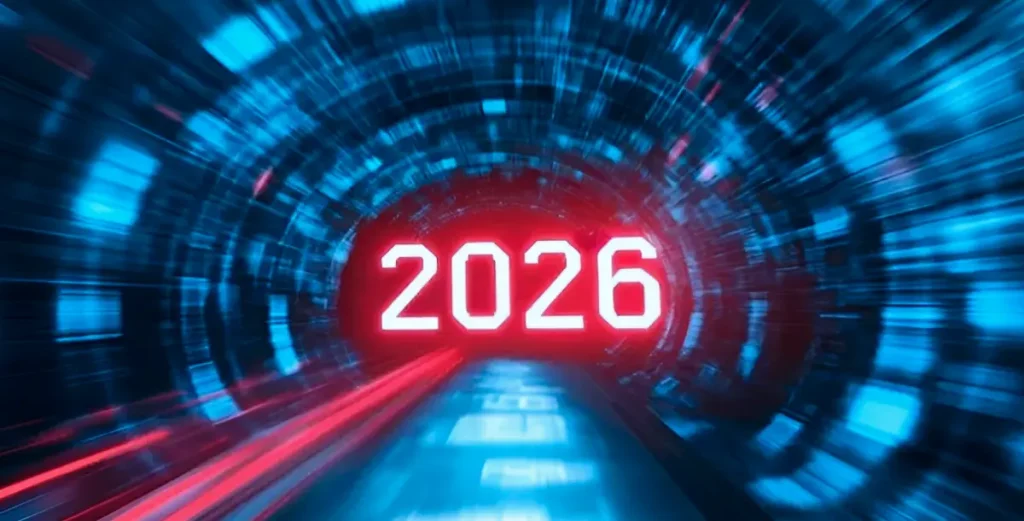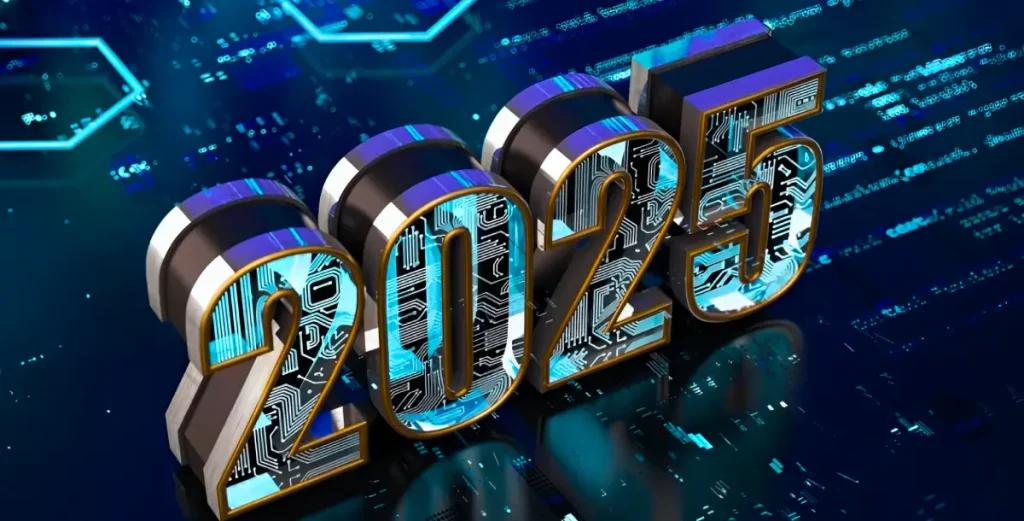The climate crisis demands real solutions, but the $2 billion voluntary carbon market has been plagued by transparency, verification, and double-counting issues, casting doubt on its environmental impact. Now, JPMorgan Chase’s blockchain unit, Kinexys, is piloting a game-changing approach: tokenizing carbon credits with S&P Global and leading registries. This Wall Street-backed initiative aims to inject much-needed accountability and efficiency, transforming carbon markets into a powerful tool for genuine environmental impact, crucial for businesses facing mounting net-zero pressure.
More than a blockchain experiment, this strategic initiative leverages blockchain technology’s transparency, immutability, and programmability to standardize, digitize, and bring liquidity to the fragmented, opaque voluntary carbon market.
But why is this necessary? What exactly is wrong with today’s carbon credit system? And how does tokenization provide a real solution?
The Problem: Why the Carbon Credit Market is Broken
1. Fragmentation and Lack of Standardization
The voluntary carbon market is highly decentralized, with multiple registries (such as Verra, Gold Standard, and the American Carbon Registry) issuing credits under different methodologies. This leads to:
- Inconsistent quality – Not all carbon credits represent the same level of emission reduction.
- Difficulty in price discovery – Buyers struggle to compare credits fairly due to varying verification standards.
- Market inefficiency – Credits from one registry often cannot be easily traded or retired in another.
2. Transparency and Trust Issues
A major challenge in carbon markets is verification. Many projects claiming to reduce emissions lack proper auditing, leading to:
- “Phantom credits” – A 2023 investigation by The Guardian found that over 90% of rainforest carbon offsets certified by Verra did not actually result in real emissions reductions.
- Double-counting – The same carbon credit can sometimes be claimed by multiple entities due to weak tracking systems.
- Greenwashing risks – Companies buying low-quality offsets face reputational damage when their environmental claims are scrutinized.
3. Illiquidity and High Barriers to Entry
- OTC (Over-the-Counter) trading dominates, making transactions slow and inefficient.
- Smaller businesses struggle to participate due to high minimum purchase requirements.
- No unified marketplace exists where buyers and sellers can trade credits seamlessly.
These inefficiencies hinder the growth of carbon markets, preventing them from scaling to meet global climate goals.
Real-World Examples of Carbon Credit Market Failures
The carbon credit market has faced several high-profile failures that expose its structural weaknesses. One of the most damaging revelations came in 2023 when investigations by The Guardian and other media outlets found that over 90% of rainforest carbon credits issued by Verra—one of the world’s largest certifiers—failed to deliver genuine emissions reductions. These so-called “phantom credits” were purchased by major corporations, including Shell and Disney, undermining trust in voluntary carbon markets. Similarly, oil companies like Chevron have faced criticism for relying on carbon offsets while continuing to expand fossil fuel operations, raising concerns that offsets are being used to justify business-as-usual pollution rather than drive meaningful change.
A 2024 S&P Global report further highlighted systemic inefficiencies, noting that inconsistent pricing and illiquidity prevent carbon markets from scaling effectively. These cases demonstrate how the current system’s lack of transparency and standardization allows low-quality credits to circulate, eroding confidence in what should be a critical tool for climate action.
How Tokenization Solves Carbon Market Inefficiencies
1. Transparent and Immutable Tracking
- Every carbon credit is tokenized on a blockchain, meaning its entire lifecycle—from issuance to retirement—is recorded publicly.
- No more double-counting: Smart contracts ensure that once a credit is used, it is permanently retired.
- Real-time auditing: Regulators and buyers can verify the legitimacy of carbon projects instantly.
2. Standardization and Interoperability
- Blockchain can unify different registries by creating a common data framework.
- Smart contracts can enforce quality standards, ensuring only verified credits are traded.
- Cross-registry trading becomes seamless, eliminating market fragmentation.
3. Enhanced Liquidity and Accessibility
- Fractionalization: Tokenization allows carbon credits to be divided, enabling small businesses to participate.
- Automated trading: Decentralized exchanges (DEXs) and smart contracts can facilitate instant, low-cost transactions.
- Secondary markets: Investors can trade tokenized carbon credits like stocks, increasing market depth.
4. Fraud Prevention and Trust
- On-chain verification eliminates fake or inflated credits.
- Project data (satellite imagery, sensor data) can be linked to tokens, proving real-world impact.
JPMorgan’s Kinexys platform is building exactly this—a unified, blockchain-based carbon credit ecosystem that connects major registries, ensuring efficiency and trust.
The Future of Tokenization: What’s Next?
The momentum behind tokenization signals an imminent tipping point for mainstream adoption. Following JPMorgan’s lead, major financial institutions are launching their own tokenized asset platforms, injecting institutional liquidity and credibility into blockchain-based markets. Regulators will be crucial in this transition, tasked with establishing clear frameworks to govern digital asset trading and ensure robust consumer protection. This convergence of tokenization and decentralized finance (DeFi) promises to unlock innovative use cases, from utilizing carbon credits as loan collateral to automating sustainability-linked financial instruments. ESG assets, in particular, are ripe for disruption, with tokenized green bonds and renewable energy certificates set to emerge as next-generation investment vehicles. As these developments accelerate, tokenization is rapidly evolving from a niche innovation into a foundational pillar of global finance.
Beyond the Headlines: Why This Matters
JPMorgan’s move into carbon credit tokenization is more than a tech experiment; it’s a clear signal that blockchain can solve critical real-world problems. By bringing transparency, liquidity, and standardization to carbon credits, tokenization can combat inefficiency and greenwashing, restoring trust in this vital market. This success could pave the way for tokenization to transform other asset classes like real estate and private equity, creating more accessible, efficient, and sustainable markets. As institutions and regulators embrace this technology, we’re witnessing a fundamental shift in how value is tracked, traded, and trusted globally. The question isn’t if tokenization will impact finance, but how profoundly and quickly it will reshape it.
Want to Learn More About Tokenization?
If you’re interested in how blockchain is transforming finance and beyond, explore ChainUp’s solutions for asset tokenization and decentralized markets. 🚀




